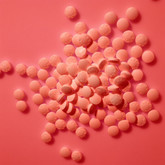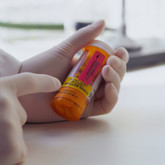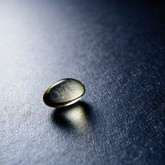- Home
-
Generics
News
- FDA approves generic teriparatide and levetiracetam
- US generics launch and approval for Dr Reddy’s and Lupin
- Five Chinese companies join UN’s MPP for Covid-19 medicines
- South Korean companies to make generic Bridion and COVID-19 drugs
Research
- Japan’s drug shortage crisis: challenges and policy solutions
- Saudi FDA drug approvals and GMP inspections: trend analysis
- Generic medications in the Lebanese community: understanding and public perception
- Community pharmacists’ understanding of generic and biosimilar drugs: Lebanon case study
-
Biosimilars
News
- FDA approves denosumab biosimilars Stoboclo and Osenvelt
- EMA recommends approval for three denosumab biosimilars: Bomyntra, Conexxence, and Rolcya
- FDA approves bevacizumab biosimilar Jobevne
- EMA recommends nine biosimilars for approval including trastuzumab and denosumab
- MORE EDITORIAL SECTIONS
- Search































